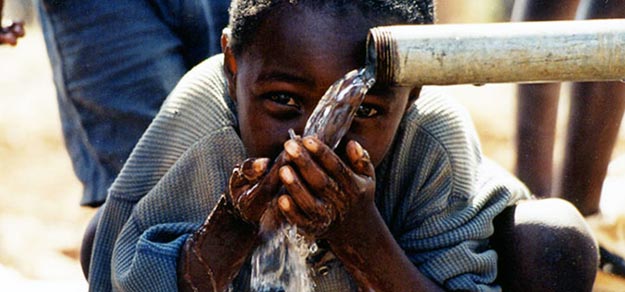The water flea has genetically adapted to climate change. Biologists from KU Leuven, Belgium, compared ‘resurrected’ water fleas — hatched from 40-year-old eggs — with more recent specimens. The project was coordinated by Professor Luc De Meester from the Laboratory of Aquatic Ecology, Evolution and Conservation.
The water flea has genetically adapted to climate change. Biologists from KU Leuven, Belgium, compared ‘resurrected’ water fleas — hatched from forty-year-old eggs — with more recent specimens. The project was coordinated by Professor Luc De Meester from the Laboratory of Aquatic Ecology, Evolution and Conservation. Read more












